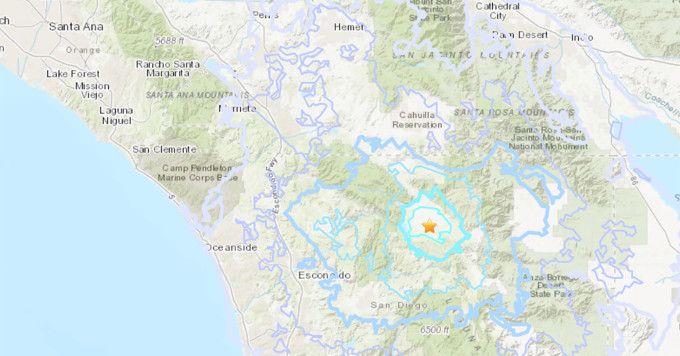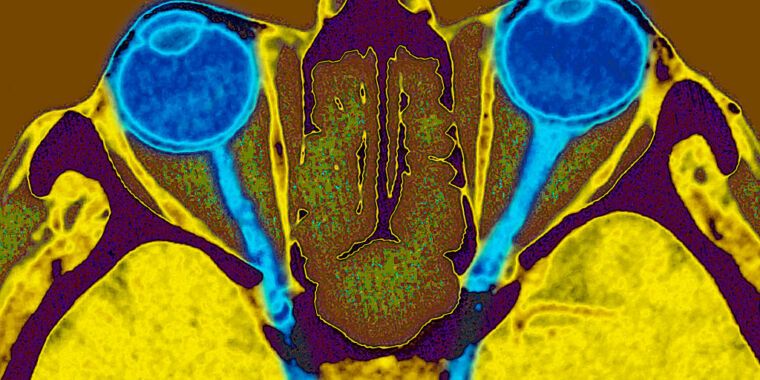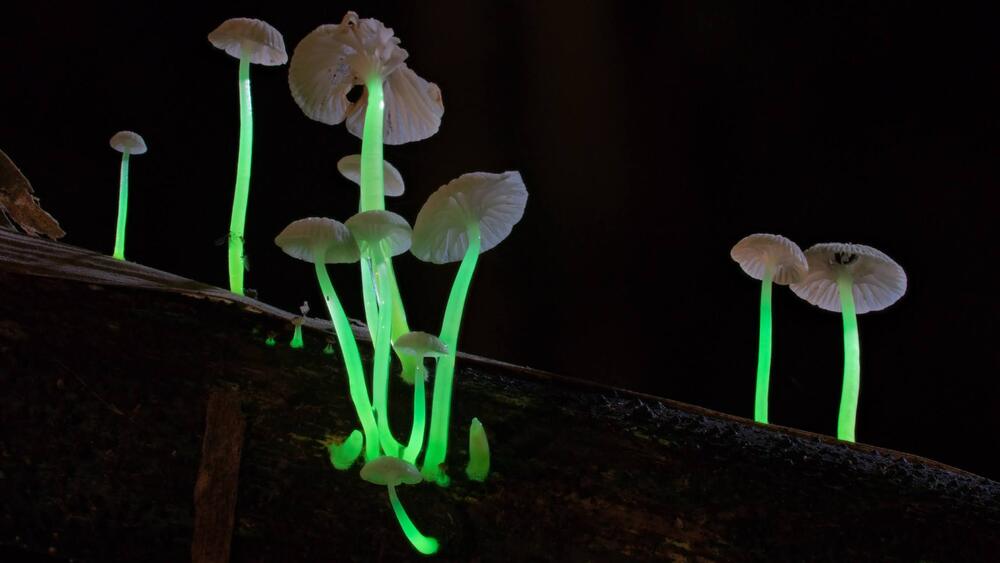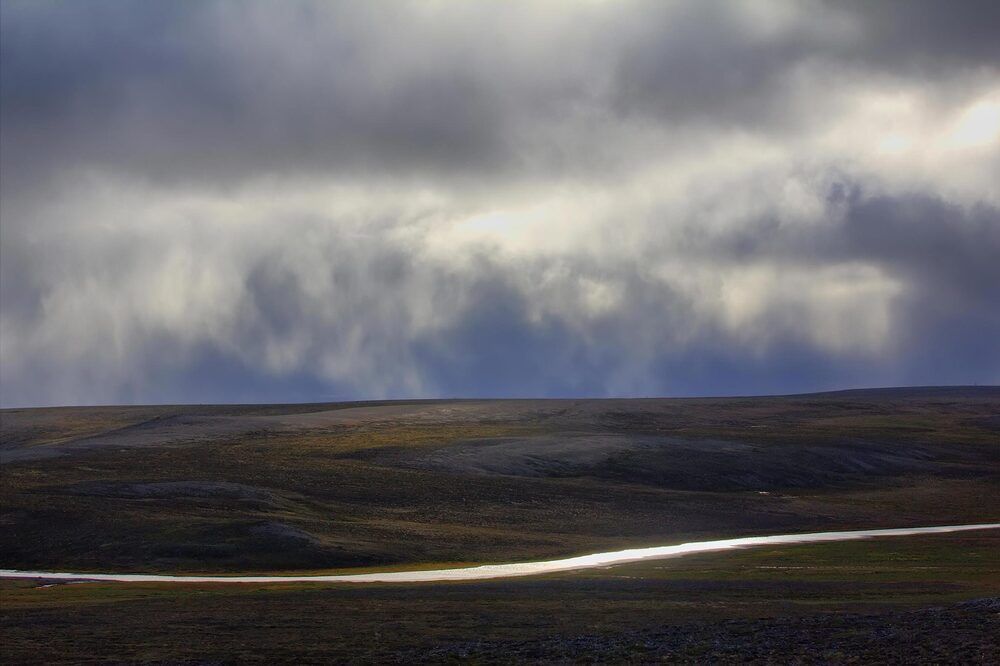A number of small earthquakes sent tremors through a number of California counties on Sunday morning.
The strongest quake was a magnitude 4.4 earthquake near Lakeport in Northern California.
A smaller – but still sizeable – magnitude 3.6 earthquake hit near Warner Springs in San Diego County.








